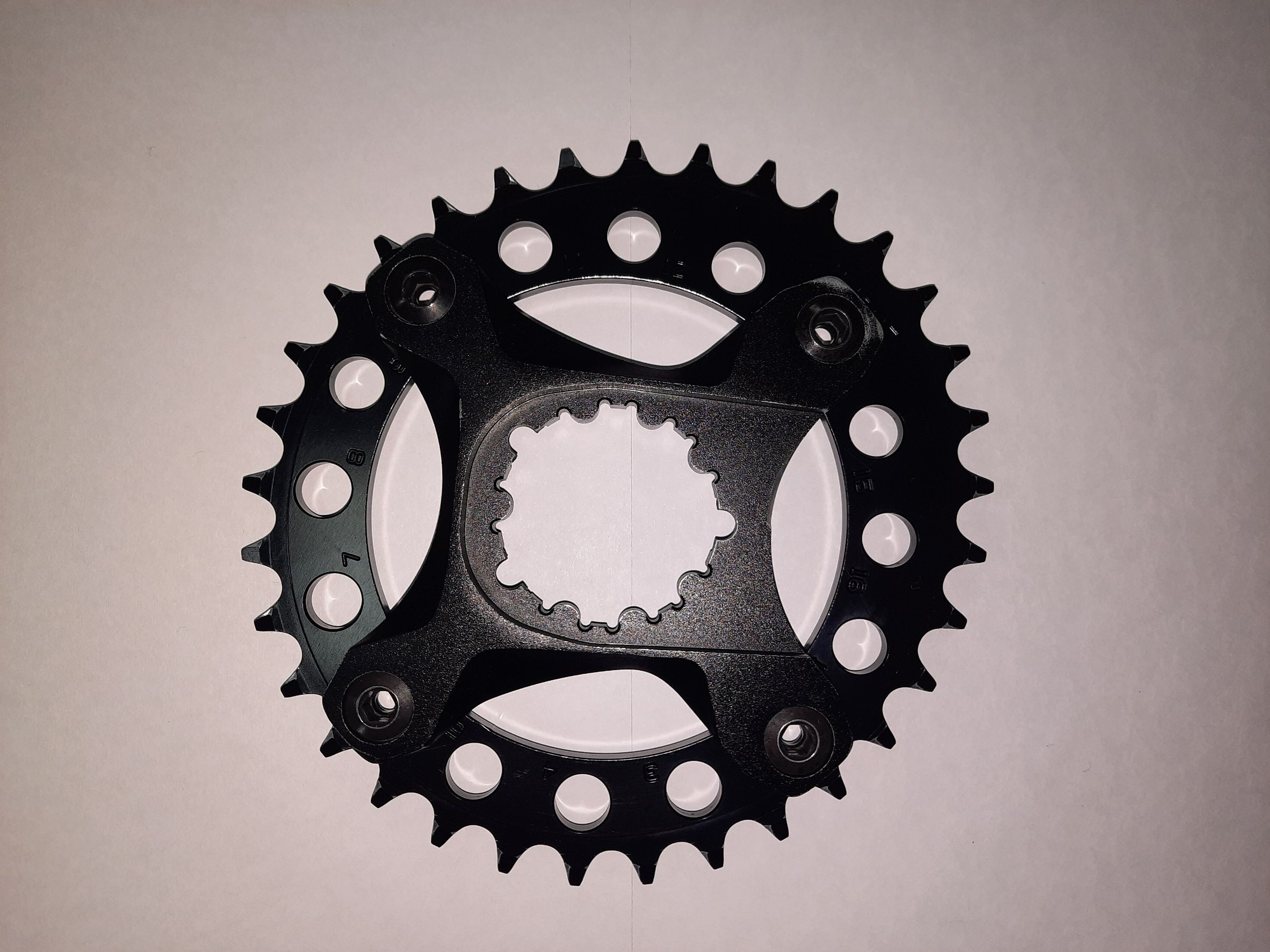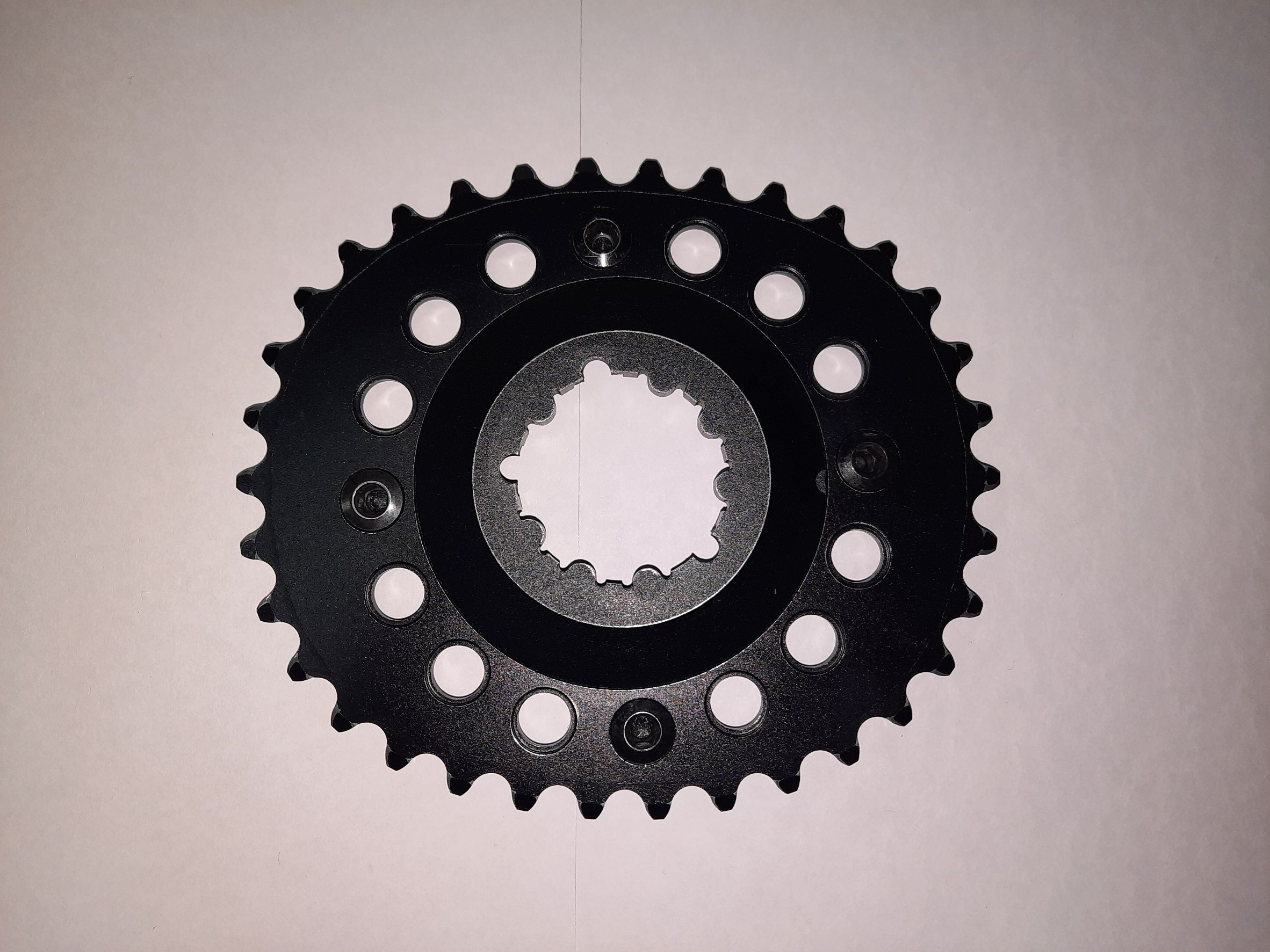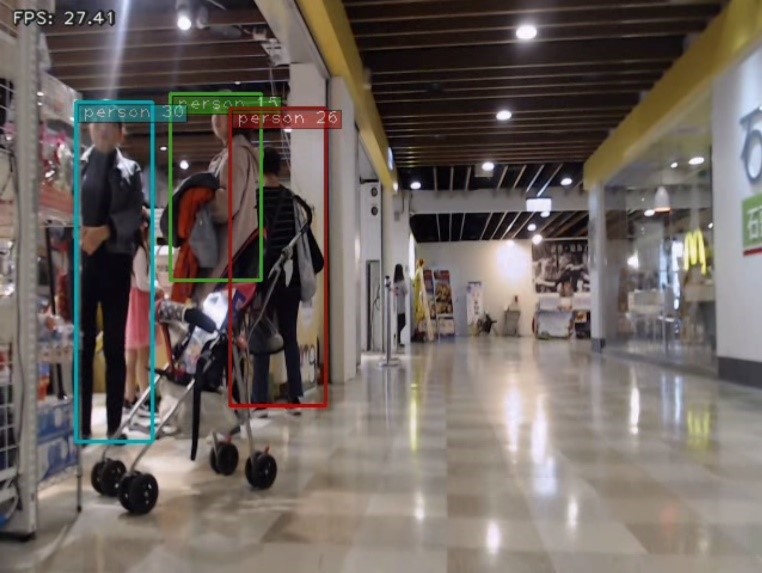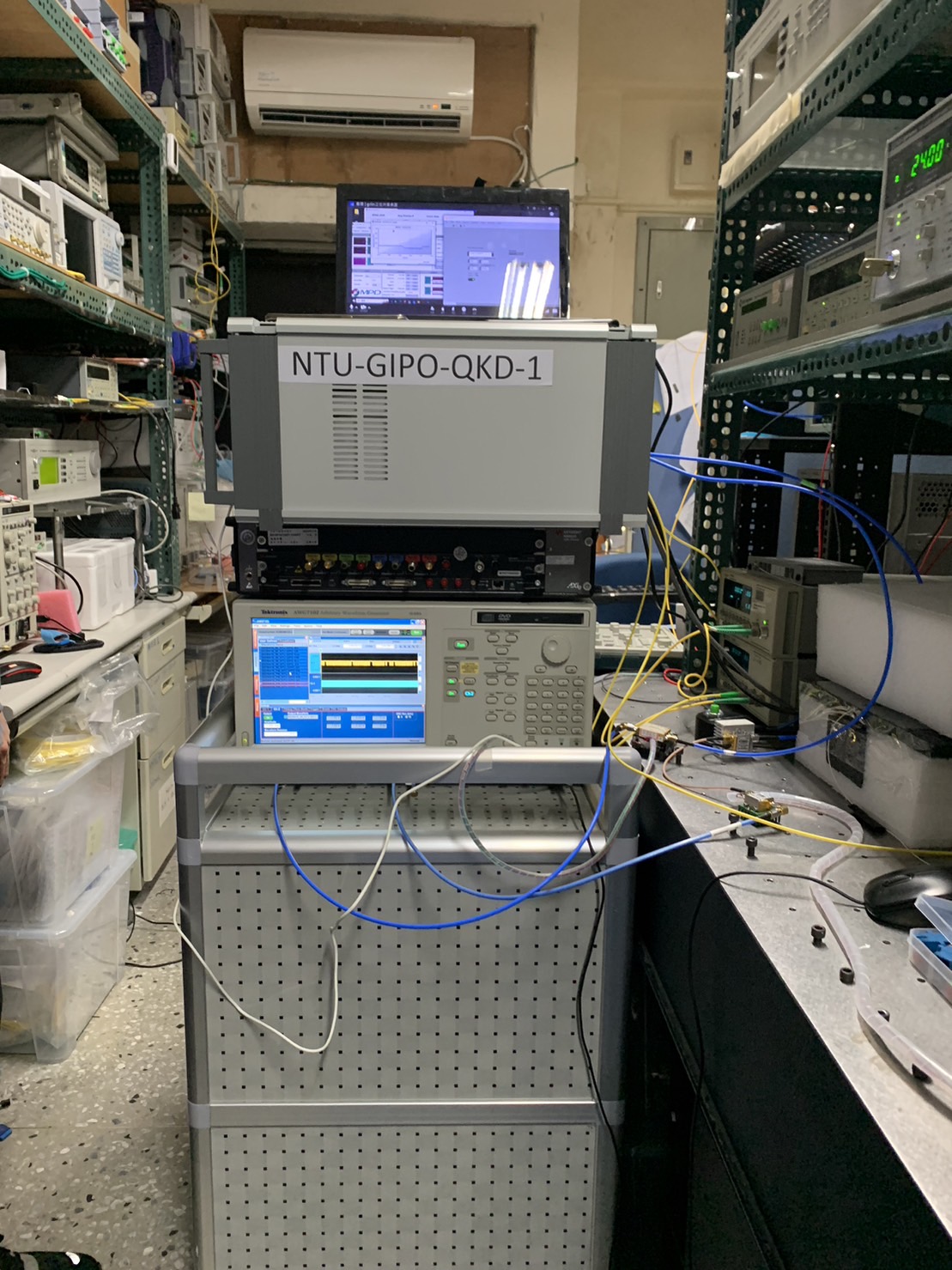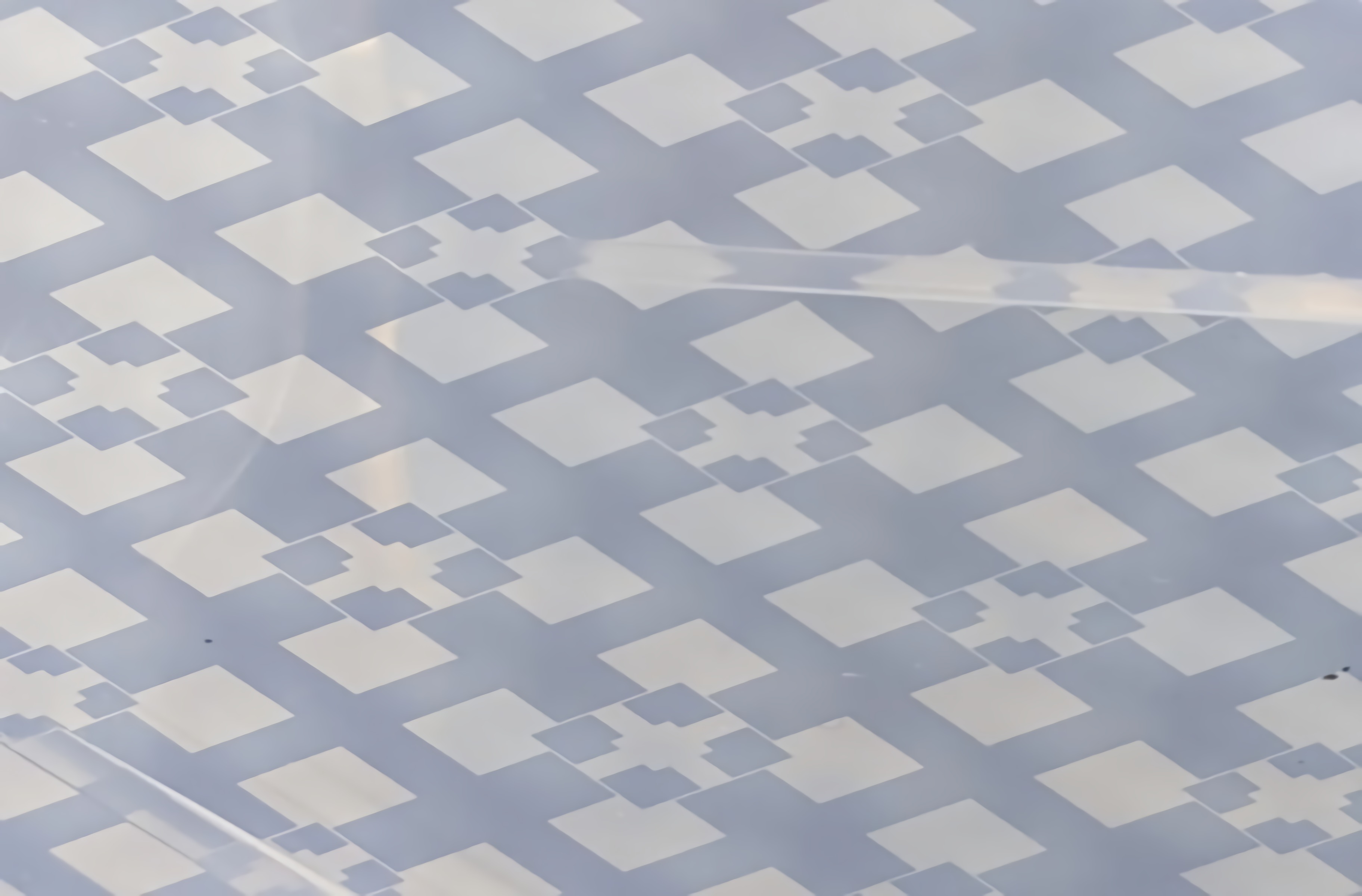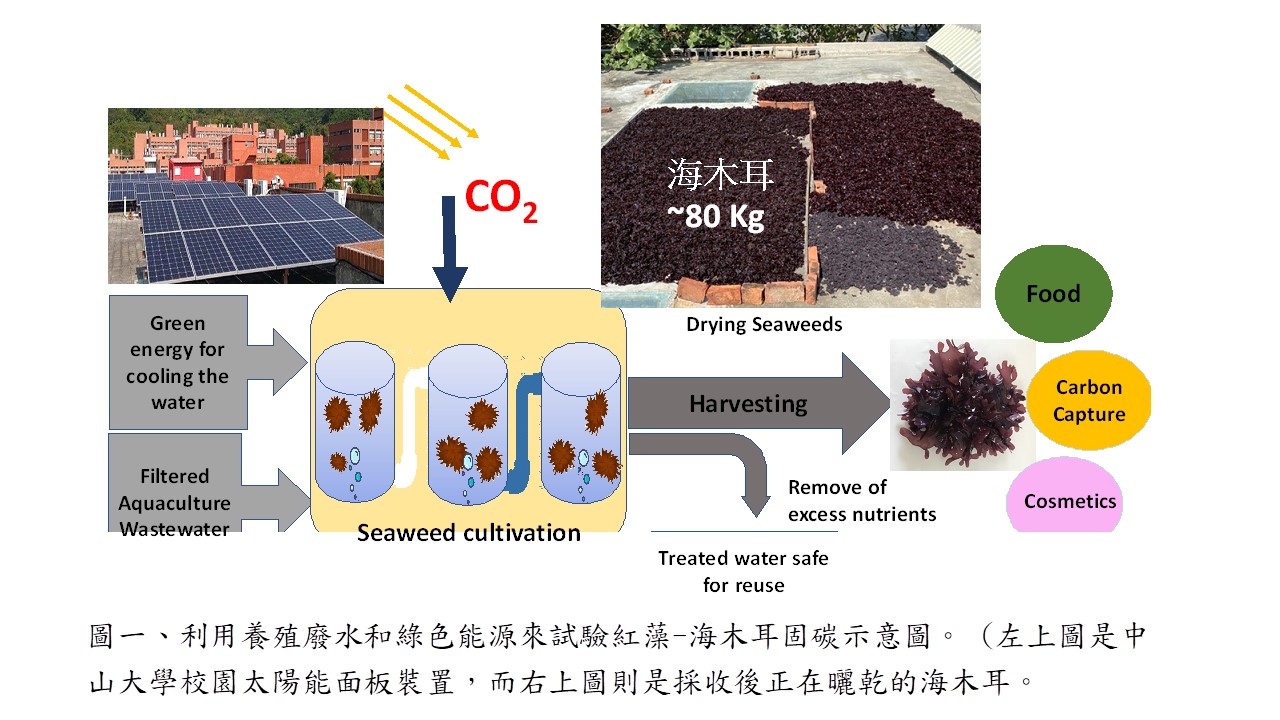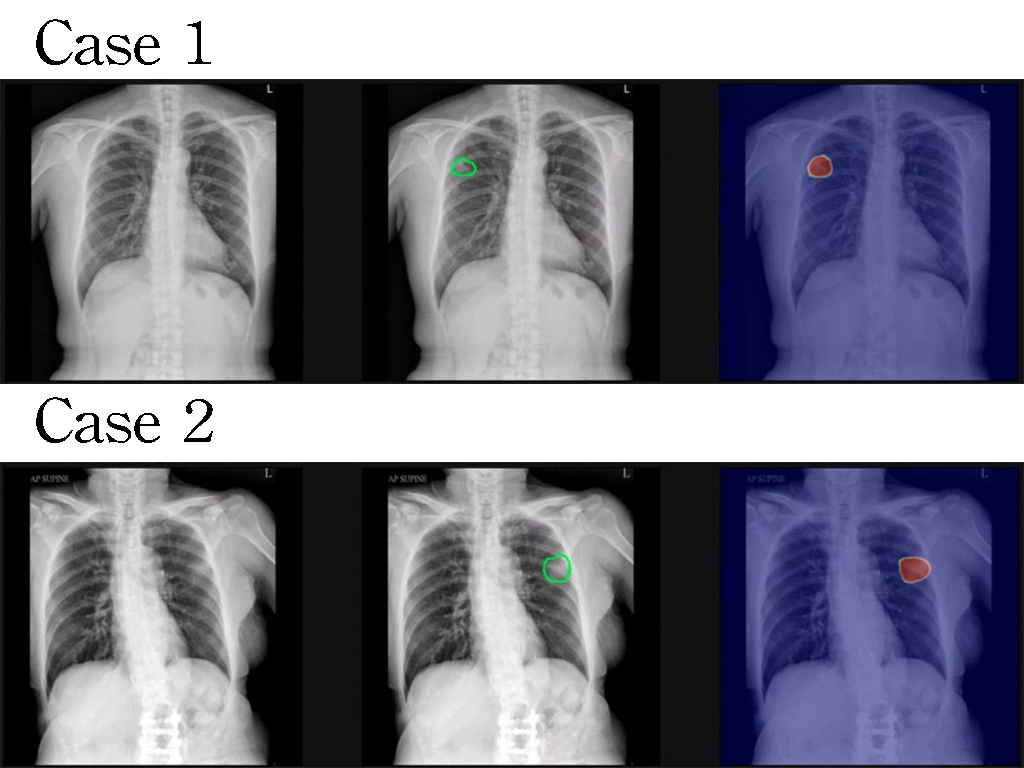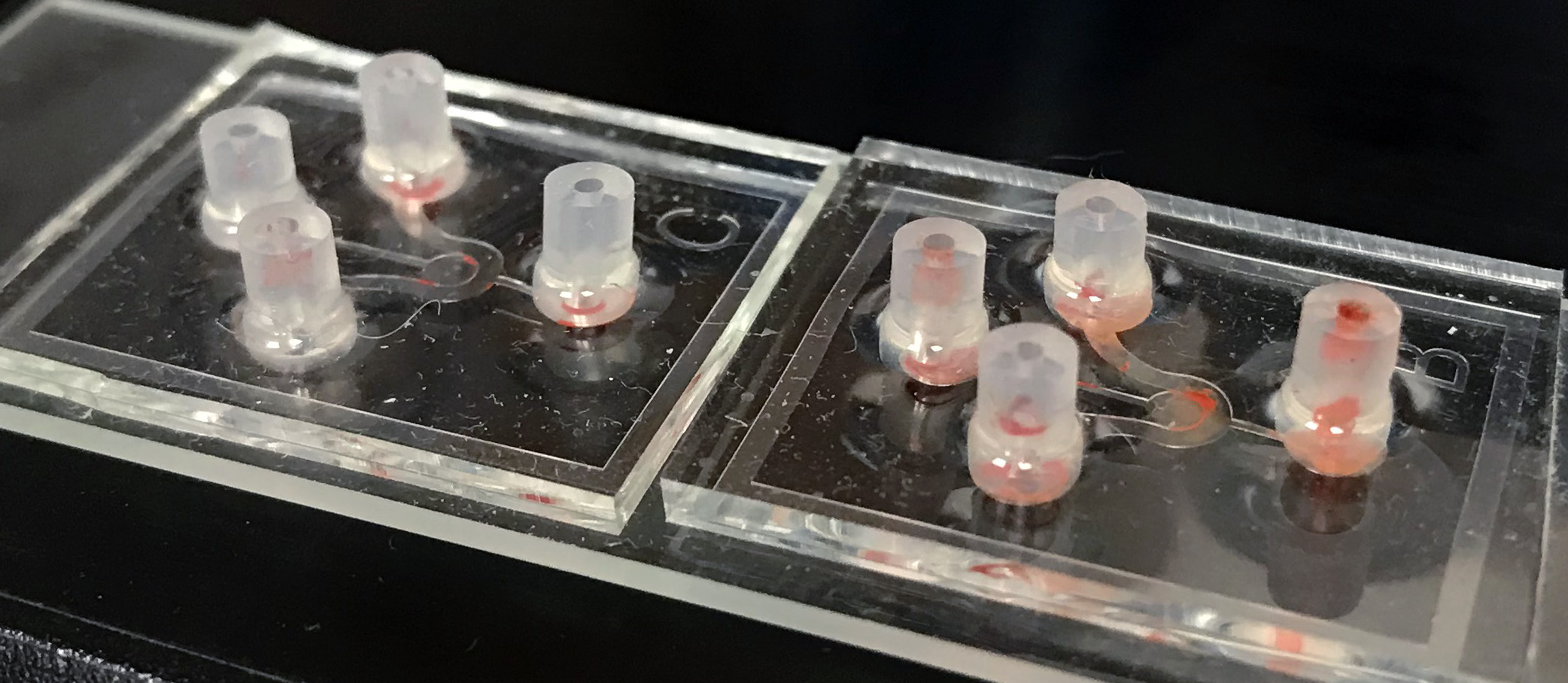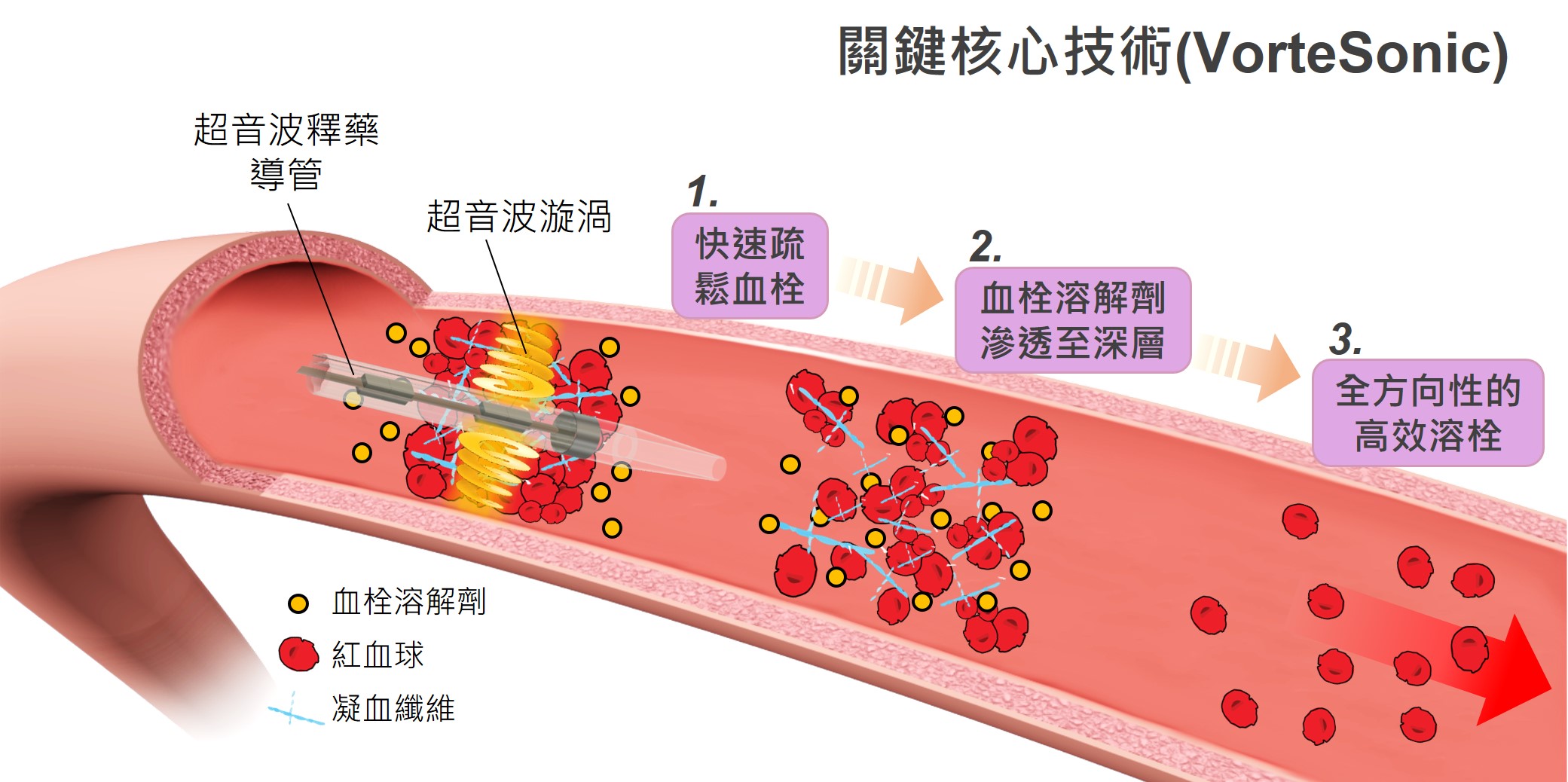| Technical Name |
Customization sprocket for bicycle |
| Project Operator |
National Formosa University |
| Project Host |
張信良 |
| Summary |
The application principle of the elliptical sprocket is to change the arm length when two legs step the pedal in a circular motion. When the pedal is stepped close to the upperlower dead center, the legs cannot form an effective torque because the output forcethe fulcrum are straight. In this period, the leg output is small,the short axis of the elliptical sprocket is used to improve this deficiency, reducing the diameter of the tangent point so that it can quickly pass through the dead center. The compound ovalcustomized non-circular sprocket can fit each person's riding characteristics, maximizing riding efficiency. |
| Scientific Breakthrough |
"Established the customized technology of non-circular sprocket, obtained two domestic invention patents,published academic papers.
Since each person's height, arm length,length of each leg joint are different, the body positionpedal output during the pedaling are different. The team uses a special curve equation to fit the pedaling data of the subject. And built some algorithms to produce a unique sprocket with a certain number of teeth. At the same time, a non-circular sprocket is designed with the application of sports physiology." |
| Industrial Applicability |
The bicycle industry is an essentialworld-class competitive industry in our country, so it has the title of "Bicycle Kingdom". Its customization demand is increasing day by day. Further combining high-end application fields, design customization capabilities,product differentiation is an important strategy for transforming the bicycle industrymaintaining competitiveness. The development of related products has the opportunity to carry out the technology transfer to assist the domestic bicycle industry in raising product pricesachieving another industry milestone. |
| Keyword |
Gears non-circular sprocket bicycle local optimization exercise physiology athletes Bi-ellipse sprocket Sprocket efficiency Sprocket design method Crank torque ratio |





